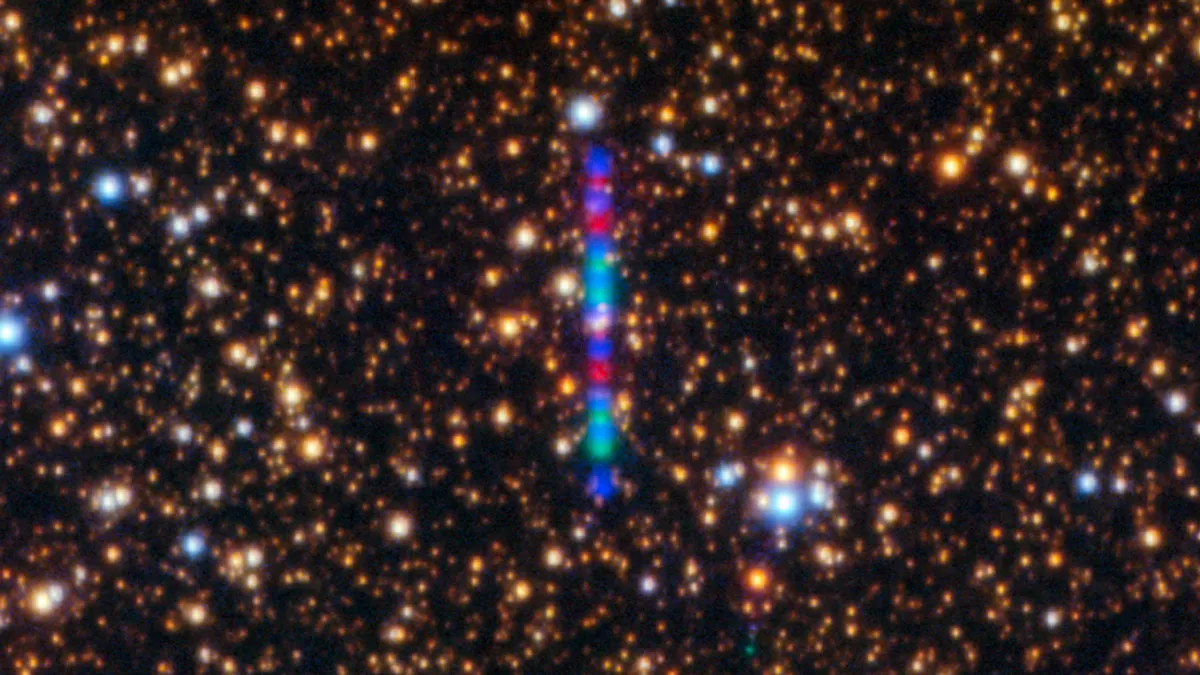New observations of comet 3I/ATLAS have shown that our interstellar visitor may have lost a significant amount of mass following its close encounter with the Sun.
For those who haven’t heard of 3I/ATLAS, on July 1, astronomers at the Asteroid Terrestrial-impact Last Alert System (ATLAS) spotted an object zipping its way through our Solar System at high speeds. Follow-up observations showed that it was on an escape trajectory. With an eccentricity greater than 1, it was determined to be an interstellar visitor, the third we have spotted so far after 1I/ʻOumuamua and 2I/Borisov.
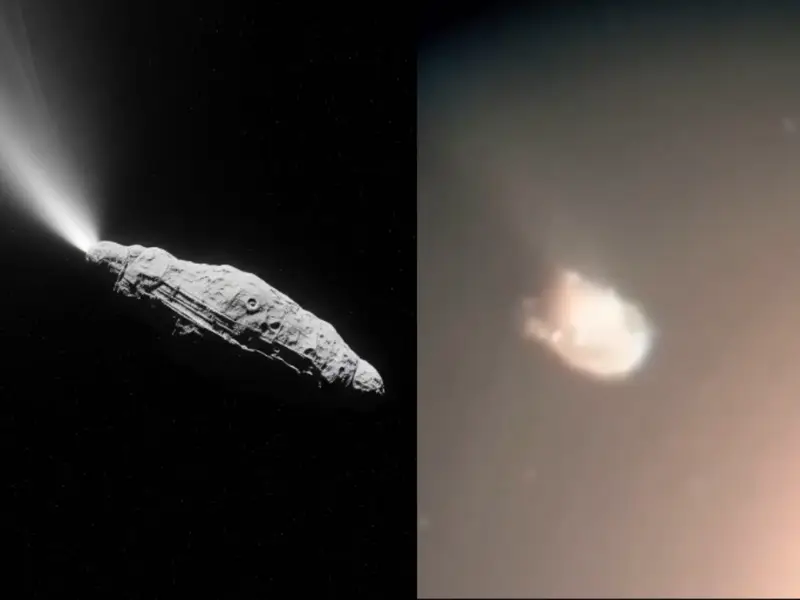
Contrary to conspiracy theories going around the Internet, a lot of telescopes are keeping a close eye on it and reporting their results. Take a look at this long list of observations on the Minor Planet Center website if you don’t believe us. It’s an interesting comet, which may be a 10-billion-year-old time capsule from an earlier age of the universe. Studying it could tell us about the environment it came from, and give us a sense of the interstellar medium. In short, it’s pretty cool, even though it isn’t an alien spacecraft and shows distinct cometary behavior.
For a brief time, 3I/ATLAS was briefly obscured from our view by the Sun. During this time, we got a view of it from around Mars, being imaged by the European Space Agency’s (ESA) spacecraft Mars Express and ExoMars Trace Gas Orbiter (TGO). But now our interstellar visitor is back from behind the Sun, and observations can resume.
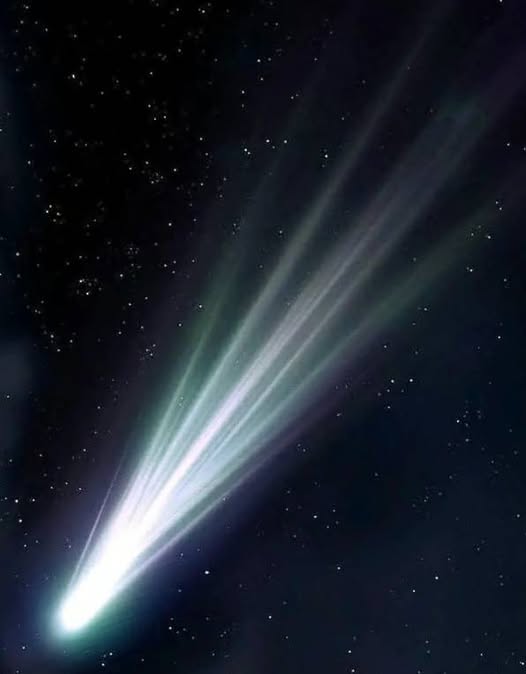
Of particular interest to astronomers is how the object has been affected by radiation from the Sun as it made its closest approach, known as perihelion. So far, we have already had some surprises, with the object demonstrating a rare anti-tail, odd and extreme abundance ratios of iron to nickel, and unusual brightening as it approached perihelion. While its behavior is distinctly cometary, it certainly is an interesting object, appearing slightly different from comets bound to our Solar System.
The latest observations, from October 31 to November 4, show that the object has likely lost a significant amount of mass during its encounter with our host star. It has also changed course slightly, undergoing non-gravitational acceleration, or acceleration not accounted for by gravity alone.
As explained by Harvard astronomer Avi Loeb in a blog post, 3I/ATLAS has undergone a “radial acceleration away from the Sun of 1.1×10^{-6} au per day squared”, as well as a “transverse acceleration relative to the Sun’s direction of 3.7×10^{-7} au per day squared”.
That might sound odd, but it is not unexpected, nor a sign that it is an alien spaceship. As comets are heated, they lose mass by outgassing, where the volatile ices on their surface vaporize, and conservation of momentum tells us the object undergoes a resulting acceleration. Extrapolating from the latest observations (though we should note that there are always margins of error in observations), it is possible to estimate how much mass has been lost due to outgassing.
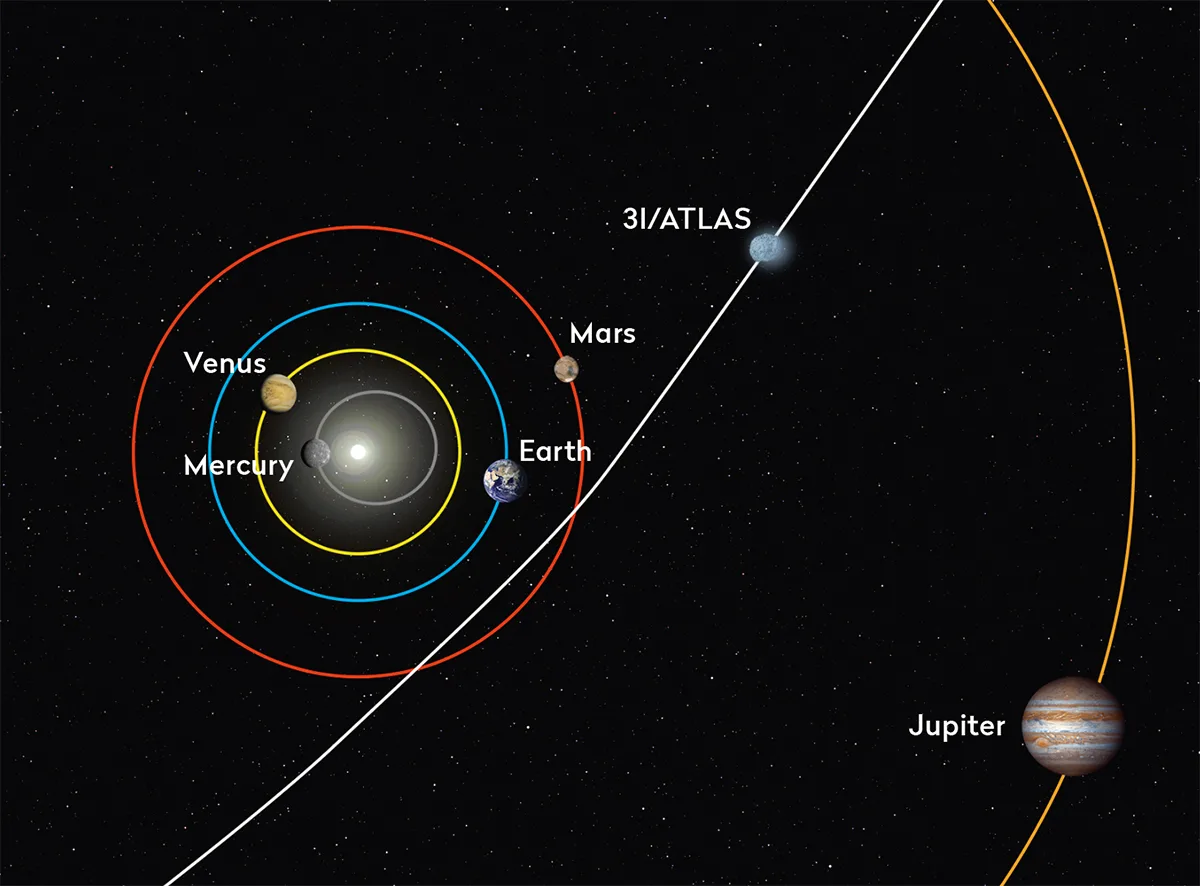
“The reported non-gravitational acceleration amounts to 94 kilometers per day squared at perihelion. These values combine to imply that 3I/ATLAS lost a fraction of its mass equal to: ~13% divided by v in units of 300 meters per second, where a value of v~300 meters per second corresponds to the characteristic thermal speed of molecules at the surface temperature of 3I/ATLAS near perihelion,” Loeb writes.
“This ejection speed would be the maximum expected value for a natural comet, thus implying that 3I/ATLAS must have lost more than 13% of its mass near perihelion in the natural scenario.”
That’s a lot of mass to lose, but not unheard of for a comet. We also need to stress uncertainties in astronomical observations, which are refined with more observations, and the fact that this is only the third interstellar object we have observed. Its composition appears to differ a little from our Solar System comets, and more observations will hopefully provide clues as to how it reacted to its passage through our part of the galaxy.
If it has lost this much mass (or close to it), we should see a significant cloud of gas in further observations, as well as a significant brightening. The latest observations show that it has brightened significantly, and by a factor of around 5 in the Green-band, indicating that the object continues to act like a comet, albeit one that can give us clues about another part of our own galaxy. Stay tuned for more updates as the world turns its telescopes (amateur and professional) to the object once more.
‘Interstellar visitor’ 3I/ATLAS may have just changed color — for the third time
Interstellar comet 3I/ATLAS may be developing a blueish hue after undergoing a rapid and unexpected brightening event while hidden behind the sun, new observations reveal. This is the third time that experts have noted a potential change to the comet’s color — but, so far, none of them have stuck.
3I/ATLAS, the third-known interstellar object to visit our solar system, was spotted shooting toward the sun at more than 130,000 mph (210,000 km/h) in early July. The comet is potentially the oldest of its kind ever seen and was likely ejected from its home star system, somewhere in the Milky Way’s frontier, more than 7 billion years ago. Since then, it has sailed through interstellar space, before making its current rendezvous with our solar system.
Following a close approach to Mars at the start of October, the interstellar comet has spent the last few weeks on the opposite side of the sun to Earth, making it largely unobservable from our planet (although a handful of orbiting spacecraft could still see it). But it is now starting to become visible to Earth-based telescopes once again.
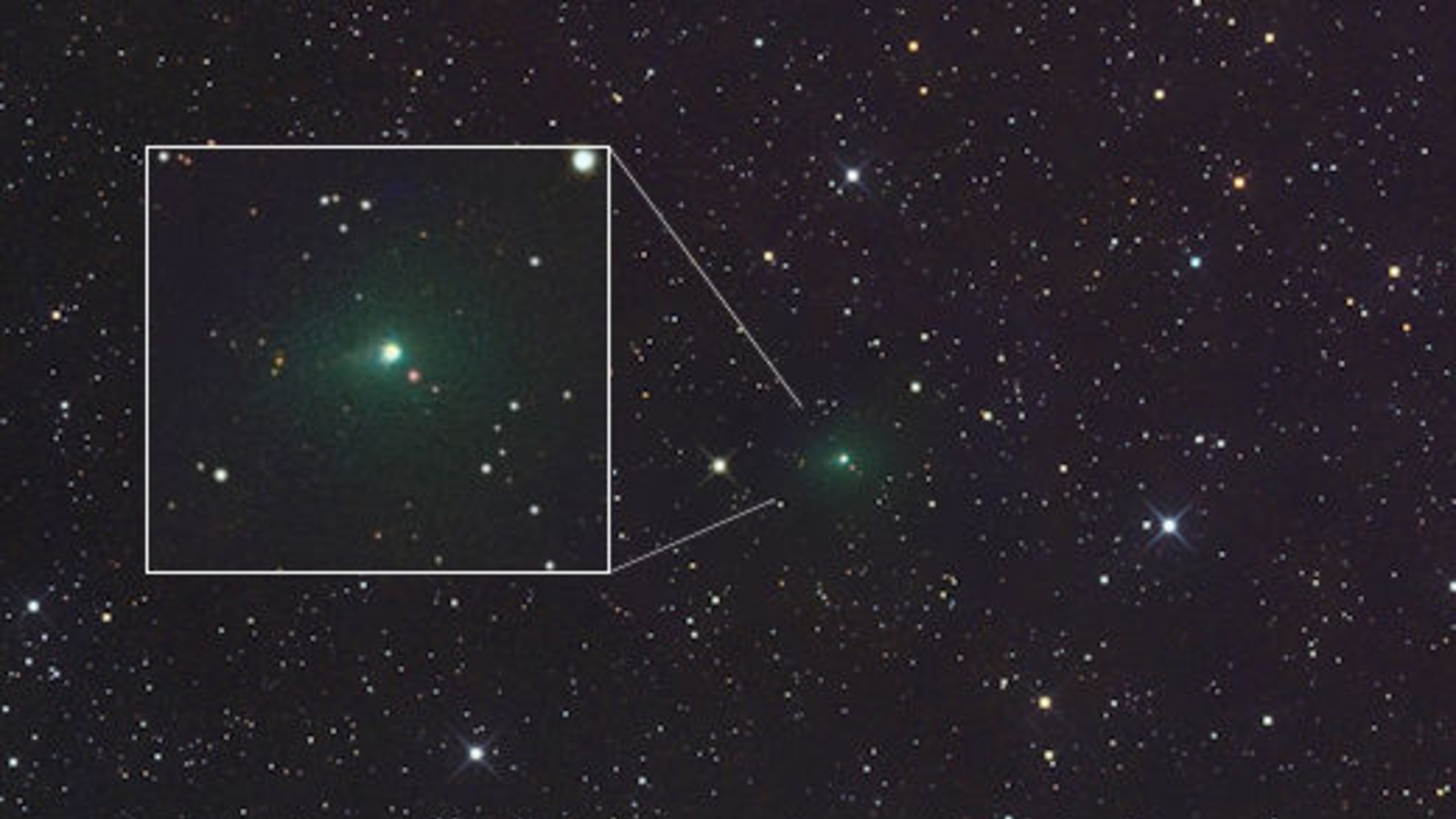
In the aftermath of the discovery, Harvard University professor and astronomer Avi Loeb said there was a chance that an interstellar object with such perplexing aspects could be an alien probe. Other theories — including that it could be sending signals or messages from another world — subsequently went viral online in recent months.
NASA and the European Space Agency both rejected those claims and continue to maintain that it’s a natural, albeit uncommon, comet.
Loeb, who recently briefed Congress members on topics associated with unidentified anomalous phenomena (UAP) and national security, has been calling for the public dissemination of the latest data and imagery captured on 3I/ATLAS, which NASA has not supplied since the federal government closed on Oct. 1.
Echoing his concerns, Rep. Anna Paulina Luna, R-Fla., penned a letter to NASA’s Acting Administrator Sean Duffy on Oct. 31 to urge the immediate release of specific records, images and data about 3I/ATLAS for wider analysis.
“This information is of great importance to advancing our understanding of interstellar visitors and their interaction with our solar system,” Luna wrote.
The interstellar comet moved past its closest point of approach to the Sun in its orbit on Oct. 29, according to Loeb, who said early data suggests that it brightened dramatically and also exhibited what could be a non-gravitational acceleration.
“The interpretation of these features will become easier in the coming weeks as it gets out of the direction of the Sun in our sky and we can observe it in detail,” Loeb told DefenseScoop.

